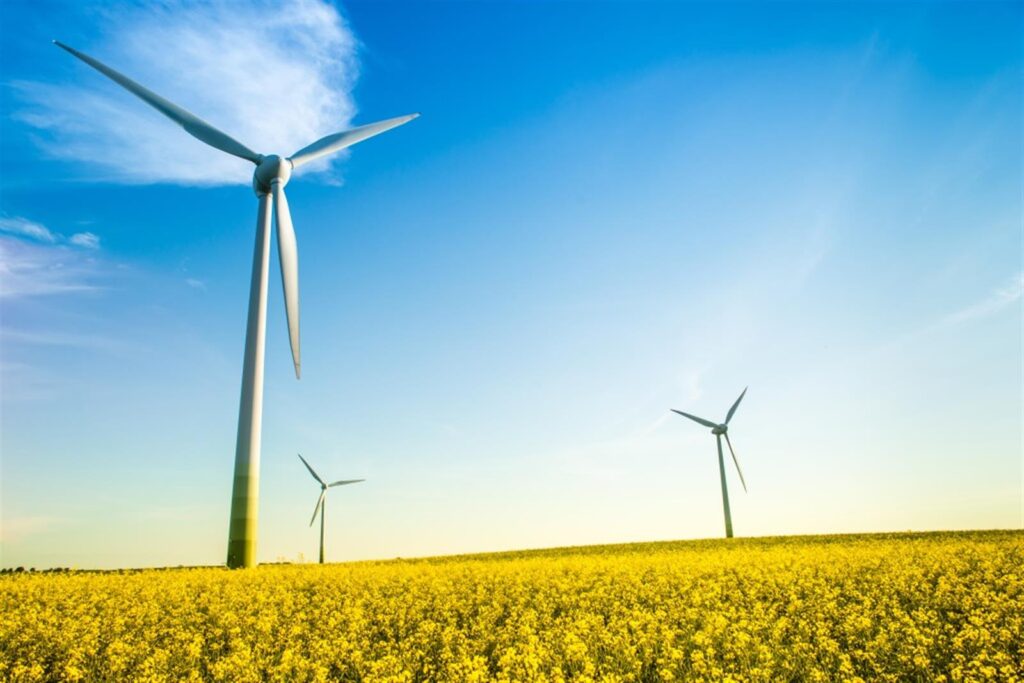
Renewable energy is rapidly gaining momentum globally, with a remarkable increase in capacity. In 2020 alone, the world added an unprecedented 260 GW of renewable energy, marking a 50% growth compared to the previous year and bringing the total global capacity to over 2,799 GW*.
This surge is driven by the escalating impacts of climate change, growing energy demand, and declining costs of renewable technologies. Countries like China and the United States have set ambitious targets to reduce carbon emissions and increase renewable energy usage.
Many multinationals, including Microsoft, Google, Amazon, and PWC, have committed to achieving net-zero carbon emissions by 2030.
Carbon-Free Energy (CFE) refers to energy sources that do not produce carbon emissions during generation or consumption. Renewable energy sources like solar, wind, geothermal, and hydroelectricity play a vital role in reducing greenhouse gas emissions. However, the intermittent nature of renewable sources poses challenges in providing a continuous supply of energy.
24/7 carbon-free energy aims to address this challenge by ensuring a consistent supply of carbon-free electricity throughout the year. It combines renewable energy generation, battery storage, and smart grid systems. Battery storage captures and stores excess renewable energy, providing continuous supply during low-generation periods. Smart grids optimize distribution, maximizing the use of renewable sources.
CLP Smart Energy Connect is committed to using digital technology to support decarbonisation of our community. Would you like to learn more about 24/7 carbon-free energy and begin your journey towards net-zero? Reach out us to gain some insights.
*Source: International Renewable Energy Agency